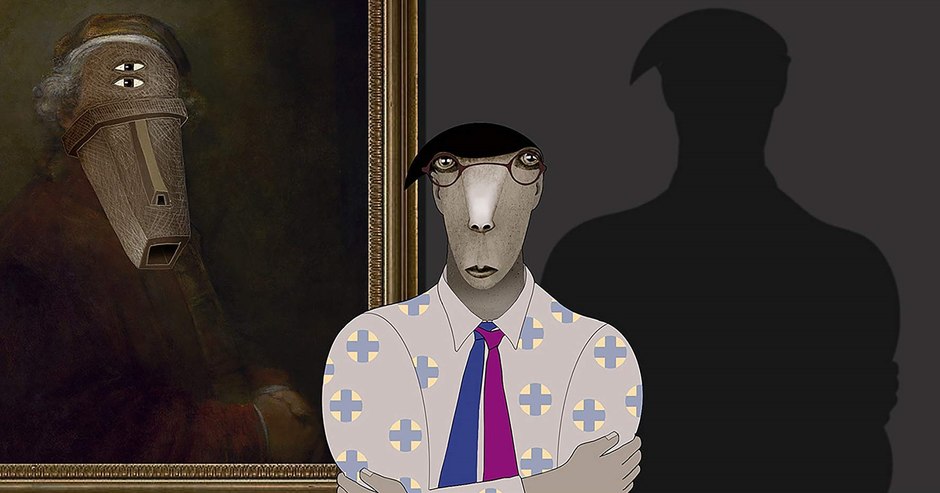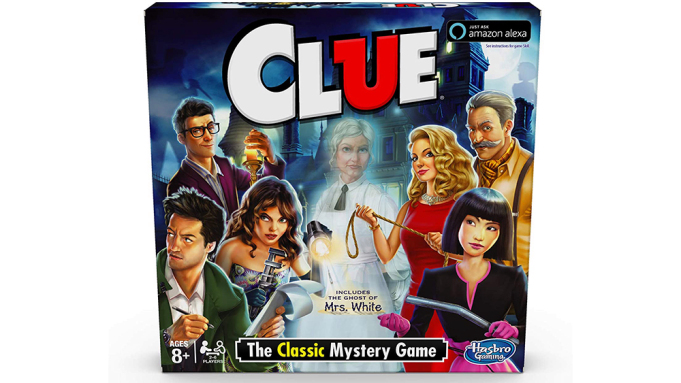Review: “Ruben Brandt, Collector”
50% classical art piece, 50% insane heist movie.
Our Take:
The most obvious thing to note about this movie would be naturally, it’s challenging art style. Most Movies, as many know, often opt to have their animated characters be cool, cute, or beautiful, but that is definitely not the time this way around. All the characters are very much inspired by Picasso, especially his surrealist cubism, as nobody looks like a traditional human. People will have exaggerated shapes, sport multiple body parts, and all seem to be visual representations of their inner selves. It’s both metaphorical and realistic to the world that they’re in- after all, a 2-D man is able to use that fact to his advantage. It makes for a very interesting visual experience- one that takes some getting used to, but is overall enjoyable.
As for the story, things get a little complicated. It is by all accounts, a heist thriller with some psychology thrown in. A therapist, Ruben Brandt, does an excellent job of curing his patients’ neuroses, but also suffers deeply from nightmares himself, usually of classical paintings coming to life and attacking him. Seeing the paintings in real life will cause him to have a nervous breakdown on the spot. Wanting to help cure the doctor that has done so much for them, the patients, who all happen to be career criminals, set out to steal the paintings tormenting Ruben so that he can confront his own fears. These all happen to be priceless, unsellable works of art, and a chase happens between the law and the underground to discover who is the mysterious ‘Collector’.
The answer to Ruben’s neuroses is deeply tragic; his father, a former CIA agent who specialized in subliminal messaging through propaganda, wanted Ruben to be an artist when he grew up. To accomplish this, he did what he did best, and subjected Ruben through countless subliminal messaging via the cartoons that he watched. After his father’s funeral, revisiting his old home triggered his old memories, and thus his repressed trauma that starts to haunt him in the form of severe nightmares. Collecting the paintings actually does offer him some consolation, because staring it in the face shows him that there is truly nothing to fear.
It’s an interesting story, one that focuses more on the fun aspects of a heist, such as the whodunit, the acrobatics, all the things that make things amusing. There is a psychological aspect, but that is more on Ruben’s personal problem, and how the patients, especially the thief Mimi, deal with their own neuroses. At the same time, it isn’t particularly deep or substantial; it makes for a fun viewing, but it’s not the kind of movie that is trying to make you think. At the same time, it doesn’t need to make you think, you just have to be along for a fun ride, which this movie no doubt is. Watching the patchwork gang pull off crazy stunts for their heists, go on crazy road adventures, and start a public fight in a modern art exhibit while passing the violence off as an art piece is plenty fun on its own.
That is, unless that’s in reference to the ending- which I’m not sure how to take it. Perhaps I’m just missing it (Split personality? Metaphorical? Different sides of the same person?), but the last scene where the detective’s identity is revealed left me truly puzzled. Had it not been for that, I think I would have left the theater satisfied, but that mystery keeps bothering me.
Overall, I’d say it’s worth watching for the artistry alone, and quite so if you want to have a good time. While it doesn’t seem like the type of movie I’d rewatch, maybe it’s worth doing so to figure out just what is going on in that ending.

























I'm hired!